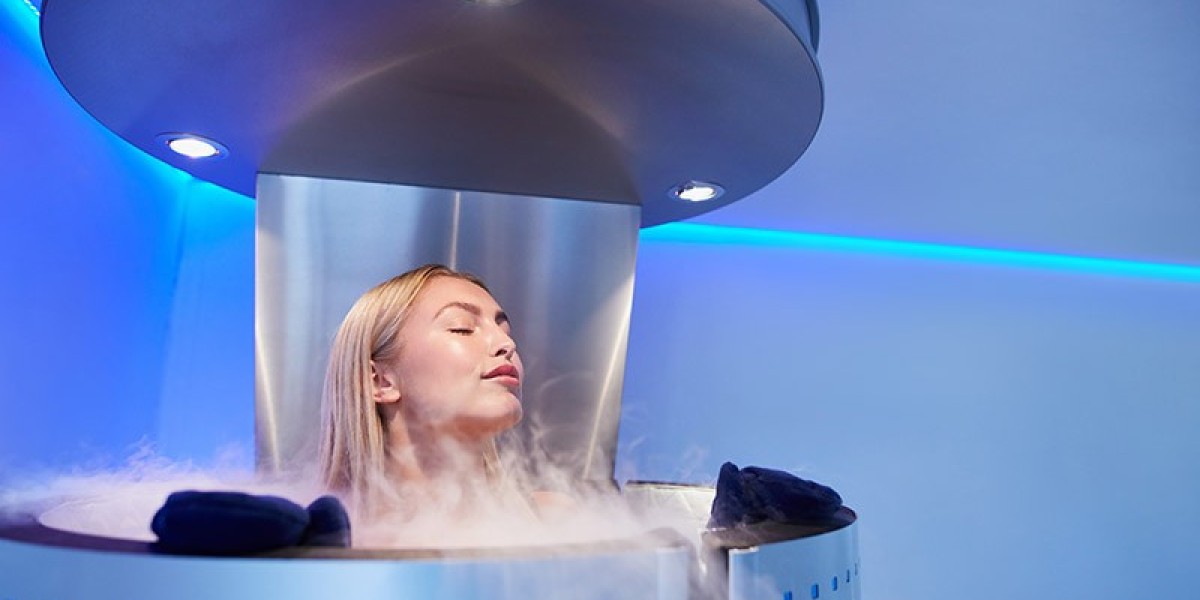The wearable camera market has seen a remarkable evolution in recent years, driven by advancements in technology, consumer demand for content creation, and the growing applications of wearable cameras across various industries. Initially, wearable cameras were primarily designed for niche markets such as sports and adventure activities, but their scope has since broadened significantly, encompassing sectors like security, healthcare, law enforcement, and entertainment. This article explores the key developments that have shaped the wearable camera market, including innovations in design and functionality, changing consumer preferences, and future growth prospects.
1. Technological Advancements
One of the most significant drivers behind the wearable camera market's development is the rapid pace of technological innovation. Early wearable cameras were bulky, with limited functionality and poor image quality. However, today’s wearable cameras are smaller, more powerful, and feature advanced capabilities that cater to a broader range of users.
Miniaturization and Durability: Manufacturers have been able to reduce the size of wearable cameras, making them more convenient and discreet. Whether attached to a helmet, mounted on glasses, or integrated into clothing, wearable cameras are now lightweight and ergonomically designed. This miniaturization has expanded their use, allowing consumers to wear the cameras for longer periods without feeling encumbered.
Image Quality and Performance: With advancements in camera sensors, image processing, and stabilization technologies, modern wearable cameras deliver high-definition video quality. Some models now offer 4K resolution, 360-degree recording, and advanced image stabilization features that ensure smoother footage, even during intense activities. Additionally, enhancements in low-light performance and audio capture have improved the overall user experience.
Integration with IoT and AI: The integration of wearable cameras with the Internet of Things (IoT) and Artificial Intelligence (AI) has opened up new possibilities for automatic content analysis, real-time streaming, and predictive functionalities. For example, AI-powered cameras can automatically edit and tag content based on user preferences, enhancing the efficiency of content creation. Smart features such as facial recognition and gesture control have also enhanced user interactions with wearable cameras.
2. Expanding Applications Across Industries
As technology has improved, the applications for wearable cameras have expanded across multiple industries, making them versatile tools beyond just recreational use.
Content Creation and Social Media: The most prominent growth in the wearable camera market has been in the area of content creation. Vloggers, YouTubers, influencers, and adventure enthusiasts rely heavily on wearable cameras to capture immersive and real-time content. Social media platforms, including YouTube, Instagram, and TikTok, have contributed to the widespread adoption of these devices, as users seek to create engaging and authentic content. Wearable cameras provide a hands-free solution, allowing creators to record their experiences without interrupting their activities.
Sports and Fitness: Wearable cameras have become increasingly popular in the sports and fitness sectors. Athletes and fitness enthusiasts use wearable cameras to capture training sessions, analyze techniques, and showcase their performances in extreme sports such as skiing, cycling, and rock climbing. Additionally, wearable cameras are used for providing real-time insights during training, which can be reviewed afterward for performance analysis and improvement.
Security and Law Enforcement: Another significant development in the wearable camera market is the adoption of body-worn cameras by law enforcement agencies and security personnel. These cameras are used to ensure accountability and transparency during police interactions, providing an objective record of events. The use of wearable cameras in public safety has gained momentum due to increasing demands for police reform and public trust.
Healthcare: Wearable cameras are also gaining traction in the healthcare industry. They are being used by doctors for remote consultations and telemedicine, offering a way to share real-time visual information with medical professionals. Furthermore, healthcare providers are using wearable cameras to document procedures and ensure compliance with medical protocols. Wearable cameras also offer benefits in patient care, helping healthcare professionals track recovery and treatment progress remotely.
3. Consumer Preferences and Market Trends
Consumer preferences are shifting as more users demand products that are multifunctional, easy to use, and equipped with advanced features. As wearable cameras become more integrated into daily life, users are looking for devices that combine portability with powerful performance.
Increased Focus on Design: The design of wearable cameras has become more fashion-forward and user-friendly. Sleek, discreet designs that can be worn comfortably during daily activities are in high demand. Wearable cameras are being integrated into clothing and accessories like glasses, watches, and even hats, offering a more seamless experience for users.
Ease of Use and Connectivity: Modern consumers want cameras that are easy to use and integrate well with other devices, particularly smartphones. The ability to easily upload content to social media platforms and stream live videos directly from the wearable camera has become a significant selling point. Cloud connectivity and real-time streaming are becoming more common features, enabling users to share content instantly.
Battery Life and Storage Solutions: As wearable cameras evolve, battery life and storage capacity are becoming increasingly important. Longer battery life allows users to record longer videos and stream without interruption, while advancements in cloud storage solutions ensure that users have access to large amounts of data without the need for external storage devices.
4. Challenges and Opportunities
While the wearable camera market has grown significantly, several challenges remain. One of the primary concerns is privacy, as the ability to record video discreetly raises issues regarding consent and surveillance. Manufacturers must address these concerns through appropriate regulations and design features that protect users' privacy.
Additionally, competition in the market is intense, with numerous brands offering similar products. To stay competitive, manufacturers must focus on innovation, offering unique features and high-quality performance that set them apart from the rest.
However, the wearable camera market also presents numerous opportunities. As more industries adopt wearable camera technologies, new use cases will emerge. The continuous advancements in AI, IoT, and AR/VR will open new avenues for development, making wearable cameras even more useful and integrated into daily life.
5. Future Outlook
The wearable camera market is expected to continue its growth, driven by technological advancements, expanding applications, and changing consumer preferences. As cameras become smarter, more connected, and more integrated with other wearables, their role in both personal and professional settings will become even more prominent. With the increasing demand for real-time content creation, secure monitoring, and remote healthcare applications, the wearable camera market is poised to evolve further in the coming years.
Manufacturers who can adapt to these trends, focus on innovation, and offer products that meet the growing needs of diverse consumer segments will have a significant opportunity to thrive in this competitive market. The future of wearable cameras is bright, with new developments likely to transform how users interact with and experience the world around them.



